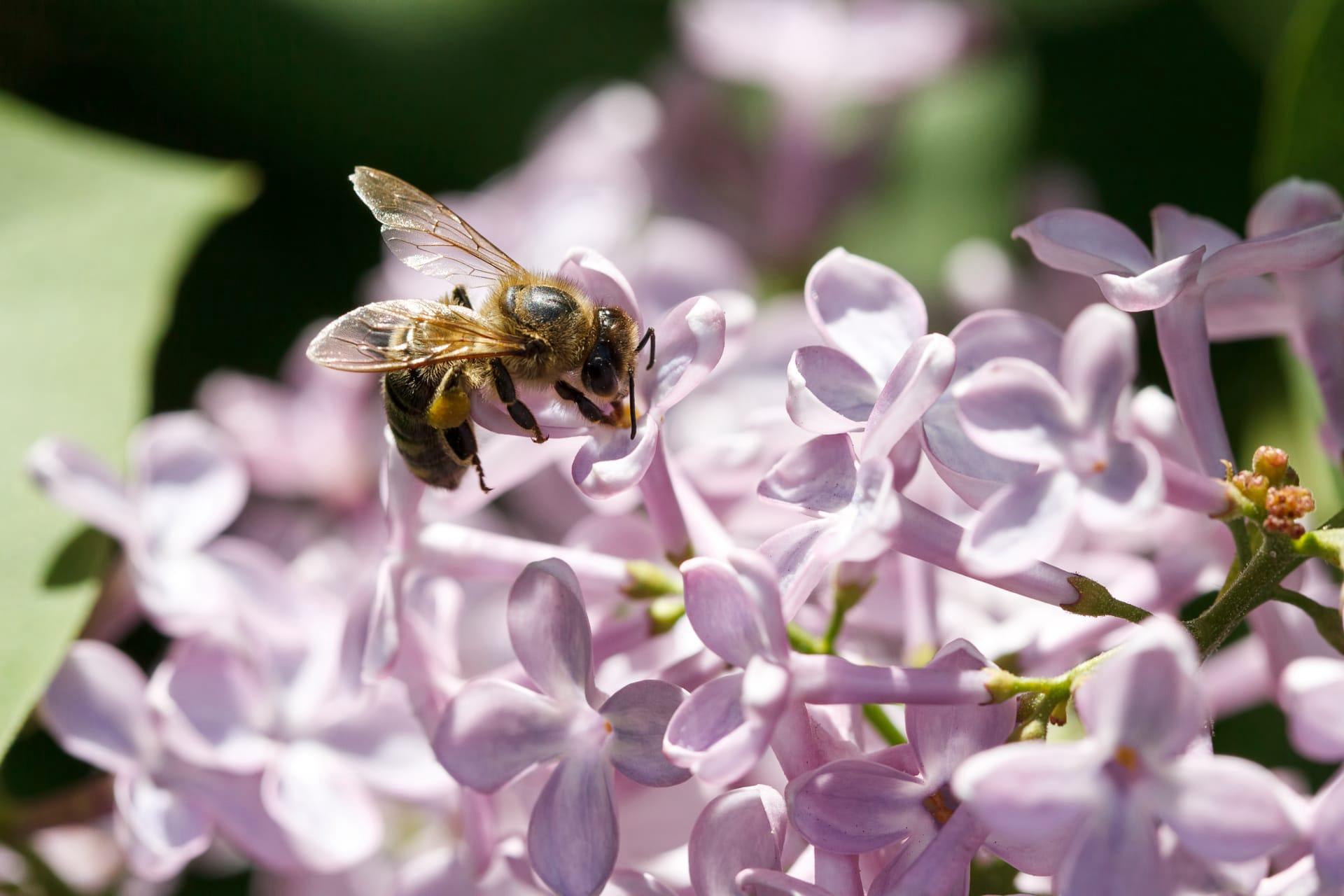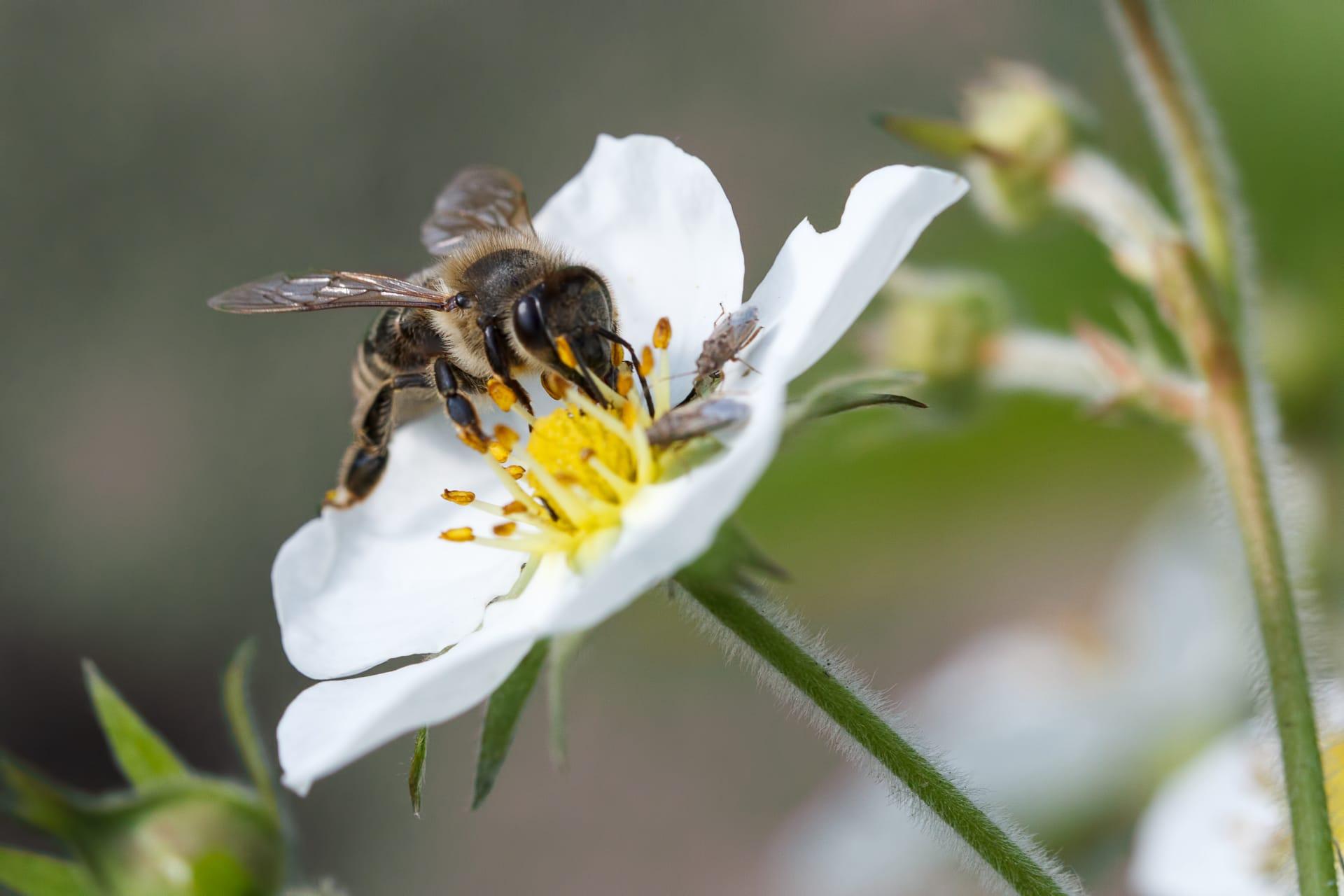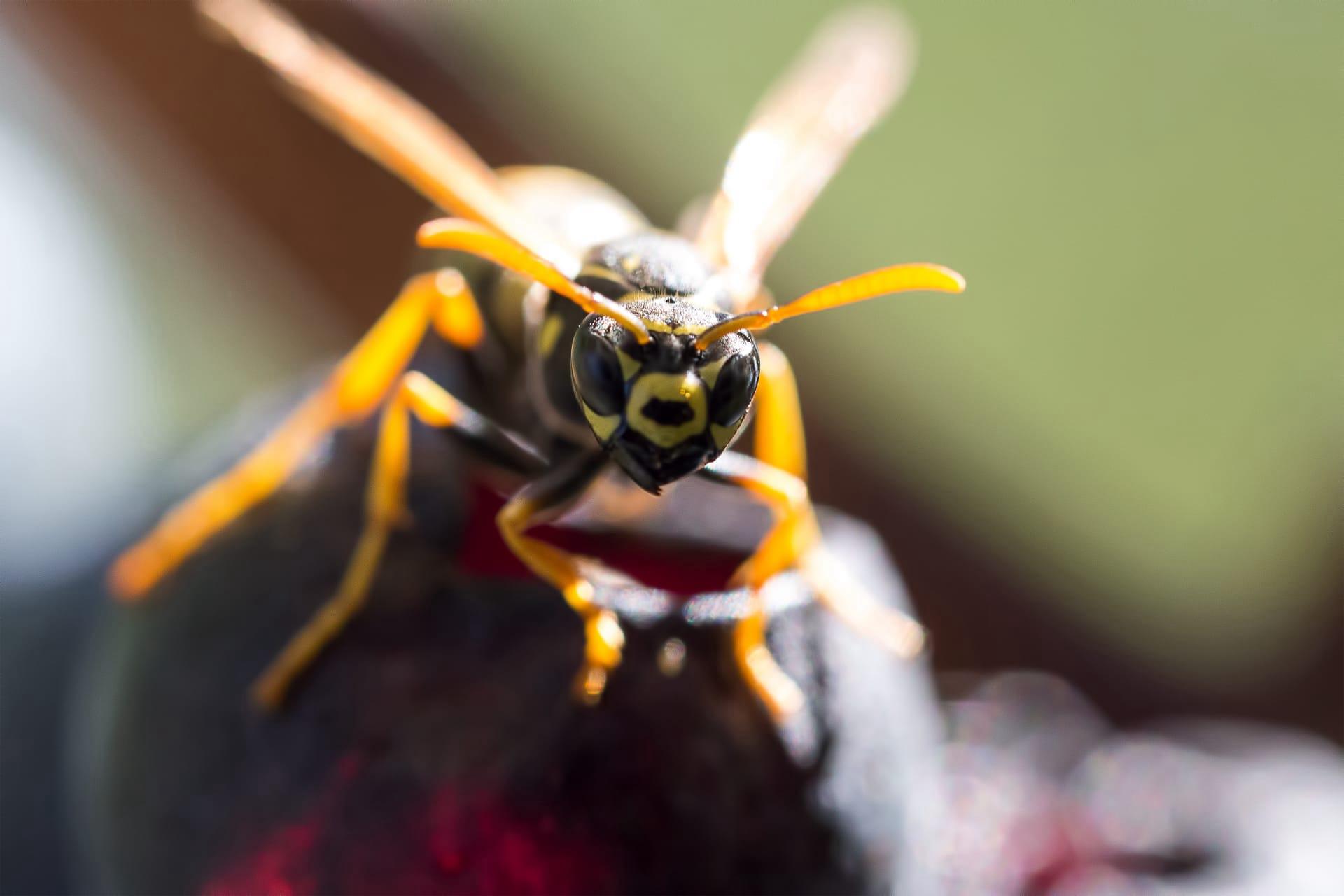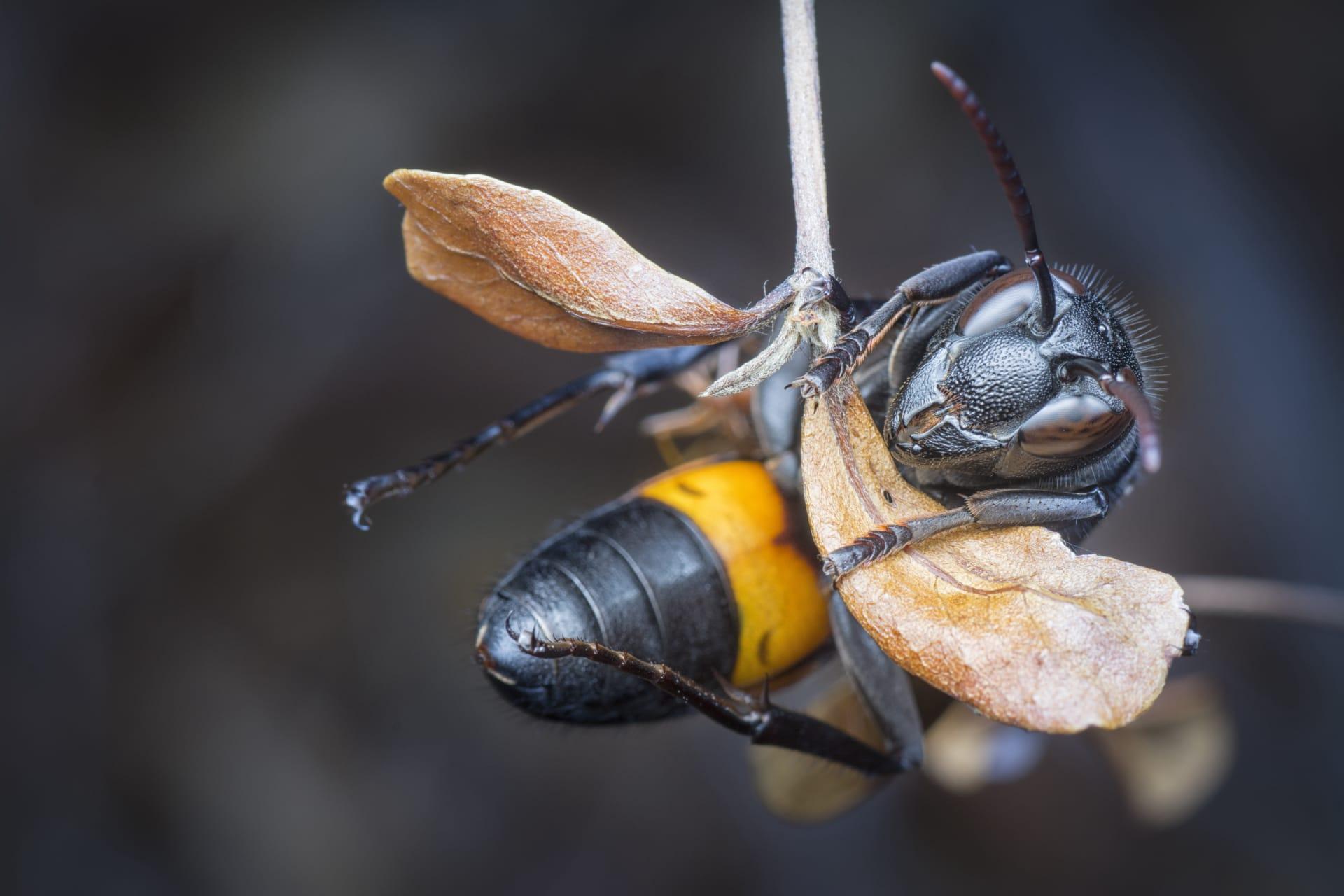Yellow Jacket Bee
- Home /
- Mini Encyclopedia /
- Animal /
- Yellow Jacket Bee
1
The Yellow Jacket Bee, scientifically known as Vespula vulgaris, belongs to the genus Vespula within the family Vespidae. This species is part of the Hymenoptera order, which also includes ants, bees, and other wasps. Characterized by their distinctive yellow and black markings, Yellow Jacket Bees are often confused with bees due to their similar size and appearance. However, they are actually a type of wasp, differing in various anatomical and behavioral aspects.
Yellow Jacket Bees are found in a wide range of habitats, predominantly in the Northern Hemisphere. They are particularly common in North America, Europe, and parts of Asia. In the United States, they are widespread, often seen buzzing around during late summer and early fall. These wasps adapt well to various environments, from rural countryside to urban areas. Their nests are typically located underground, in hollow logs, or in human-made structures, making them a familiar sight in parks, gardens, and near homes.

2
Question: Do Yellow Jacket Bees produce honey like other bee species?
Answer: Contrary to popular belief, Yellow Jacket Bees do not produce honey. While they share a resemblance to honeybees, their diet and behavior are quite different. Yellow Jackets are carnivorous and scavenge for meats, sugary substances, and even other insects. Unlike honeybees, which are herbivorous and feed on nectar, Yellow Jackets do not have the anatomy or behavior to produce honey. Their diet plays a significant role in their ecosystem as they help control other insect populations and clean up waste.

3
Yellow Jacket Bees employ several strategies for survival. One key tactic is their aggressive defense of their nest. Unlike bees that can sting only once, Yellow Jackets can sting multiple times, making them formidable protectors of their colony. Their stings contain venom that can cause pain and allergic reactions in humans and animals. Another survival strategy is their social structure, which revolves around a queen who is responsible for laying eggs and a number of workers who maintain the nest, care for the young, and gather food.
Seasonal adaptation is another critical survival strategy for Yellow Jackets. In temperate climates, only the mated queens survive the winter. They hibernate in protected places like under bark or in the walls of buildings. Come spring, these queens emerge to start new colonies. This cycle allows Yellow Jackets to effectively exploit resources during the warmer months and survive the colder periods, ensuring the continuation of their species.

4
In the ecosystem, Yellow Jacket Bees play a dual role as predators and scavengers. They feed on a variety of insects, including caterpillars and flies, which helps control these populations and maintain a balance in the ecosystem. Their scavenging behavior also contributes to the decomposition process, as they feed on dead animals and organic waste, aiding in nutrient recycling.
Despite their benefits, Yellow Jackets can impact human activities, especially in urban and suburban areas. Their aggressive nature and painful stings can pose risks to people, particularly those with allergies. In agriculture, they can be both beneficial and problematic: beneficial as they control pest insect populations, but problematic when they feed on ripe fruits and disrupt outdoor activities. Understanding their role in the ecosystem is crucial for managing their presence in a way that minimizes conflict with human interests.

5
Film: "The Secret World of Yellow Jackets" is a documentary produced in the United States in 2020. This film offers an in-depth look into the life cycle and behavior of Yellow Jacket Bees. It showcases their complex social structure, survival strategies, and the challenges they face in different environments. The documentary combines stunning macro photography with expert commentary, providing viewers with a closer look at these often misunderstood creatures.
Book: "Yellow Jackets: The Unseen World" by Dr. Susan L. Fink, published in the UK in 2019, is an insightful read. This book delves into the biology, behavior, and ecological impact of Yellow Jackets. Dr. Fink, a renowned entomologist, uses her extensive research to unravel the mysteries surrounding these wasps, offering readers a blend of scientific findings and engaging narrative.
Book: "Winged Warriors: The Life of Yellow Jackets" by American author Michael Greene, released in 2021, explores the fascinating world of Yellow Jackets. Greene combines his personal experiences with scientific research to paint a comprehensive picture of these insects. The book covers their role in ecosystems, their interaction with humans, and the conservation challenges they face, making it an informative and captivating read for nature enthusiasts.